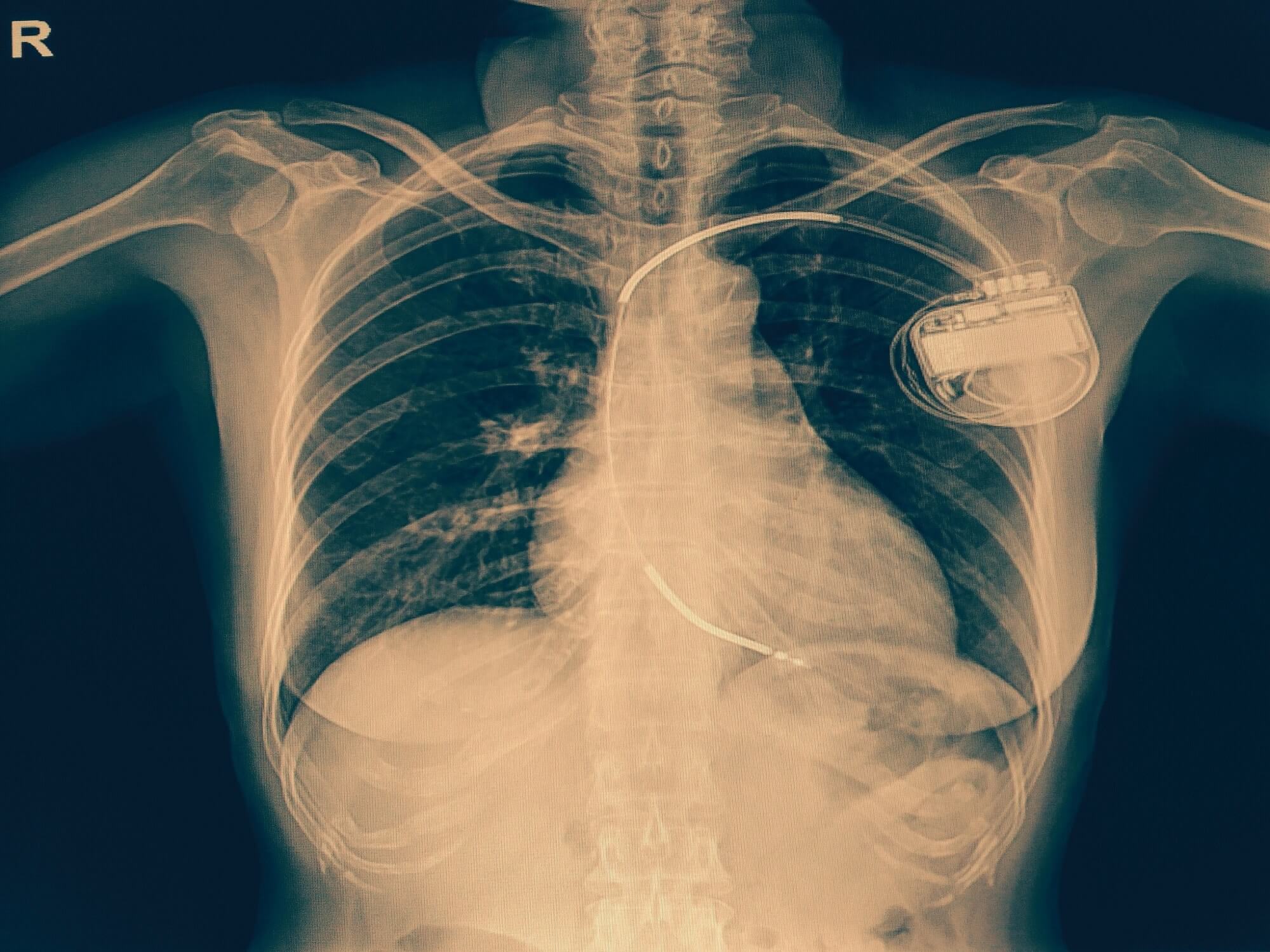

It tracks the electrical impulses of the heart and can capture information that a standard ECG or Holter monitor misses as some heart rhythm abnormalities occur infrequently.
HEART MONITOR IMPLANTED UNDER SKIN SKIN
These can be worn by the patient for a month or longer.Īn implantable loop recorder is a type of heart-monitoring system implanted under the skin of the chest that tracks heart rhythm continuously for up to three years. An event monitor records when activated by the patient, and some can get activated if an abnormal heart rhythm is detected.
HEART MONITOR IMPLANTED UNDER SKIN PORTABLE
It is a portable device and can directly relay the reported data to the healthcare provider. It is the most important test for heart rhythm perception, myocardial ischemia and infarction diagnosis, defects of the conduction system, pre-excitation, long QT syndromes, atrial abnormalities, pericarditis, ventricular hypertrophy, and other disorders.Īn event monitor is similar to ECG but records the information for a longer time. The recordings captured by the Hotler heart monitors give an idea if the patient’s heart is getting the proper amount of oxygen and the electrical impulses in the heart.Īn electrocardiogram (ECG or EKG) records electrical pulses from the heart. The cardiac symptoms and other components of heart rhythm irregularities are not permanent, and therefore, continuous monitoring is required. Holter monitors can record continuously, usually for about 24 to 48 hours. The device is also capable of picking up chest pains, irregular heartbeats, or arrhythmia. The device can be useful for continuous monitoring of heart activity in a high-risk population. These devices can be either implanted or wearable, depending on the need of the patient.Ī Holter monitor (HM) or hotler heart monitor also called ambulatory electrocardiography, is a small, battery-incorporated device that measures the activities of the heart, including heart rates and heart rhythms. There are different types of cardiac monitoring devices such as Electrocardiography Devices, Holter Monitors, Implantable Loop Recorders, Mobile Cardiac Telemetry Devices, Cardiac Output Monitoring Devices, Event Monitors, and others. However, growing incidences of infections caused while using the devices, high monitoring costs, and strict regulatory procedures are likely to curtail the use of cardiac monitoring devices. Cardiovascular diseases prevalence such as hypertension, diabetes, dyslipidemia, and obesity has increased as a result of lifestyle changes, contributing to the increased use of these products. The risk factors associated with CVDs are family background, age, and ethnicity, along with consumption of cigarettes and alcohol, hypertension, high cholesterol, obesity, physical inactivity, diabetes, unhealthy diets. As a result, the use of cardiac monitoring products is rising as these devices help to save patients at high risk for heart disease.

Early diagnosis, irregularities in the functioning of the heart, termed arrhythmias, can be prevented. In most cases, it is possible to avoid most forms of CVDs by pre-monitoring and pre-diagnosis. Cardiovascular diseases (CVDs) are a global cause of death, which can be prevented. Novel Wireless Devices for Cardiac MonitoringĬardiac monitoring devices are important for cardiovascular care, to assess the occurrence and seriousness of cardiac failure and to evaluate the success of therapies such as medications, procedures, and device implants.


 0 kommentar(er)
0 kommentar(er)
